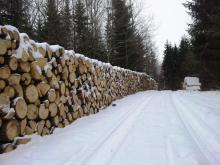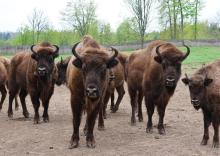 Asset Publisher
Asset Publisher
Polish forests
Poland is in the European lead, while concerning the area of all forests. They cover about 29,2 % of the country territory, and grow within the area of 9,1 million hectares. The overwhelming majority of the forests is state owned, of which almost 7,6 million hectares are managed by the State Forests National Forest Holding..
The number of Polish forest is still growing. The forestation rate of the country has increased from 21 % in 1945 to 29,2 % at the moment. Between 1995 and 2008, the forest area increased by 310 thousand ha. The basis for afforestation works is the "National Programme for Increasing the Forest Cover" (KPZL), assuming an increase of the forestation rate up to 30 % by 2020 and up to 33 % by 2050. Polish forests abound in flora, fauna and fungi. 65 % of the total number of animal species live there.
The forests grow in our country on poor soils, mainly because of the development of the agriculture in previous years. It influences the distribution of the types of the forest sites in Poland. Over 55 % of the forest areas is covered with coniferous forests. In other areas, there are forest sites, mainly the mixed ones. Their small part constitute alder and riparian forests – not more than 3 %.
In the years 1945 – 2011 the area of natural deciduous tree stands within the area of the State Forests National Forest Holding increased from 13 to 28,2 %.
Within the lowlands and uplands the most often occurring tee species is pine. It covers 64,3 % of the forest area of the State Forests National Forest Holding and 57,7 % of private and commune forests. In the mountains the predominant species is European spruce ( in the west) and European spruce with beech (in the east). Domination of pine is the result of carrying on sustainable forest management in the past. Once, the monocultures (crops or cultivations of one species) were the answer to the great demand of industry for wood. Such forests appeared to be quite fragile to climatic factors. They also were often the prey of pests' expansion.
In Polish forests, the share of other tree species, especially deciduous trees have been systematically increasing. The foresters have stepped aside from monocultures – that is why, they try to fit specific species of the forest stand to the natural stand, that would be proper for the given area. Thanks to that, in the years 1945 – 2011, the area of the deciduous tree stands within the lands of the State Forests National Forest Holding increased from 13 to 28,2 %. There occur more and more frequently the following tree species: oaks, ashes, maples, sycamore maples, elms, but also birches, beeches, alders, poplars, hornbeams, aspens, tilias and willows.
Our forests are the most often represented by the forest stands aged 40 to 80 years. The average age of the forest equals 60 years. More and more trees are of big size at the age over 80 years. Since the end of the Second World War, the forests' area has increased up to almost 1,85 million hectares.
Raport o stanie lasów w Polsce 2012
 Asset Publisher
Asset Publisher
LEŚNICY I MYŚLIWI LICZĄ ZWIERZYNĘ
LEŚNICY I MYŚLIWI LICZĄ ZWIERZYNĘ
Leśnikom wyniki liczenia służą do zarządzania populacjami dużych roślinożerców oraz pomagają przewidzieć skalę niezbędnych zabiegów ochronnych - na przykład grodzenia upraw - chroniących sadzonki i młode drzewka przed zgryzaniem i spałowaniem.
Ile jeleni, saren dzików i innych zwierząt żyje lasach – mają wykazać odbywające się teraz w nadleśnictwach liczenia zwierząt.
Co roku w liczeniach zwierząt biorą udział leśnicy, myśliwi, pracownicy parków narodowych, pracownicy zakładów usług leśnych, uczniowie, studenci i wszyscy chętni do przeżycia ciekawej przygody w naturalnym środowisku. Zwierzynę liczy się na określonych powierzchniach, w tak zwanych miotach, metodą pędzeń próbnych.
Dlaczego zwierzyna jest liczona?
Zwierzęta liczy się po to, by poznać tendencje w danej populacji: jakie są lokalne zagęszczenia gatunków, czy zwierząt przybywa, w jakiej są kondycji? Wiedza ta jest niezbędna do sporządzania planów łowieckich. Plany to nie tylko zaplanowanie puli odstrzałów. Jest to efekt zamierzeń na dany sezon w stosunku do populacji zwierząt, ale także uwzględnienie ich wpływu na środowisko naturalne, uprawy rolne, zabezpieczenie populacji ofiar dla dużych drapieżników. Umieszcza się w nich także elementy zagospodarowania łowieckiego obwodów.
W jaki sposób?
Metoda pędzeń próbnych możliwa jest do zastosowania przede wszystkim na terenie dużych kompleksów leśnych. Choć nazwa metody sugeruje co innego, to nie jest to „wypędzenie" zwierząt, lecz przejście tyralierą obserwatorów przez dany miot, czyli zaznaczony w lesie kwadrat, gdzie ustawieni wcześniej obserwatorzy rejestrują zwierzynę. Liczone są przede wszystkim jelenie, łosie, sarny, a także dziki. W miotach spotyka się także szereg innej zwierzyny jak wilki, rysie, żubry, …, ale te zwierzęta liczy się innymi metodami.
Uczestnicy liczenia dzielą się na dwie grupy. Jedna z nich to „naganiacze", drugą tworzą obserwatorzy zapisujący wszystkie spostrzeżone zwierzęta, z określeniem płci i przybliżonego wieku. Ta metoda zakłada, że wystarczy policzyć zwierzynę na powierzchni odpowiadającej ok. dziesięciu procentom powierzchni leśnej nadleśnictwa. Następnie zebrane dane odnosi się do całej powierzchni kompleksu leśnego wyliczając zagęszczenie i liczebność gatunków. Zestawienie tych danych z informacjami z wcześniejszych lat pozwala dość dobrze wnioskować o dynamice liczebności (trendzie).
Inne metody
Liczenie zwierzyny może być wykonane również innymi metodami. Jedną z nich jest liczenie po tropach - po świeżych opadach śniegu. Sposób ten jednak znacząco zaniża liczebność zwierząt. Zwierzęta są też liczone w porach godowych, np, jesienią liczy się samce jeleni w trakcie rykowiska, a łosie są liczone w trakcie ich godów - bukowiska. Znając strukturę populacji z tego okresu można na podstawie aktywnych samców dojść do liczebności całej populacji. Interesującą metodą jest liczenie na podstawie grup odchodów liczonych na uprzednio wyznaczonych liniach w lesie – tzw. transektach.
Na terenie Nadleśnictwa Borki, liczenie zwierzyny leśnej odbyło się w dniu 20 lutego br.
Dziękujemy za pomoc wszystkim przybyłym gościom.


 fot. Paweł Fabijański
fot. Paweł Fabijański
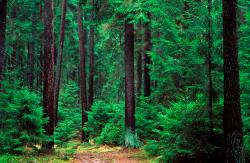 fot. Paweł Fabijański
fot. Paweł Fabijański
 fot. Paweł Fabijański
fot. Paweł Fabijański
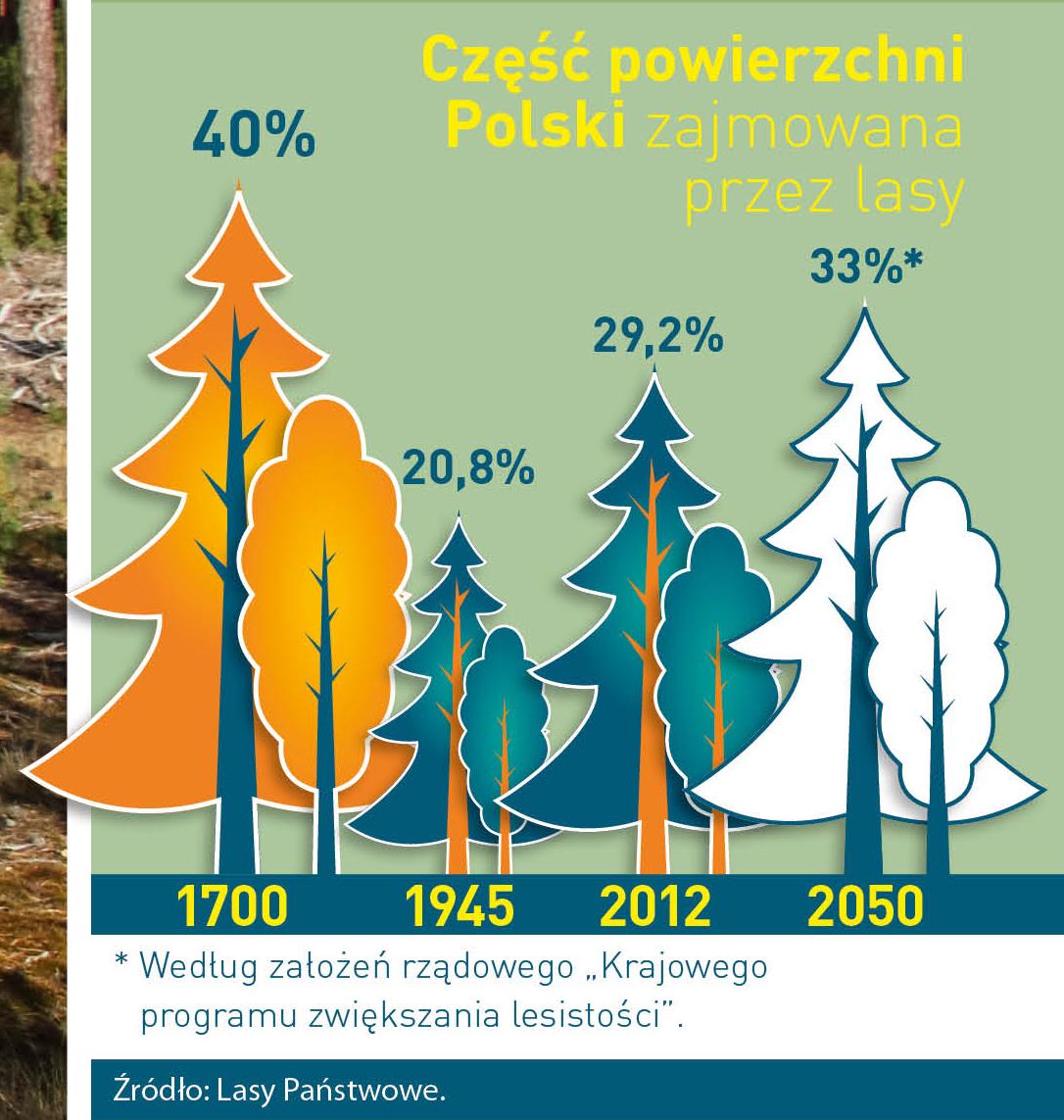
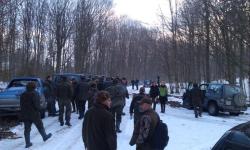 IMAG0569.jpg
IMAG0569.jpg
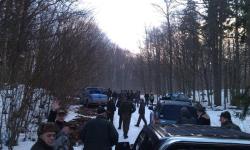 IMAG0567.jpg
IMAG0567.jpg
